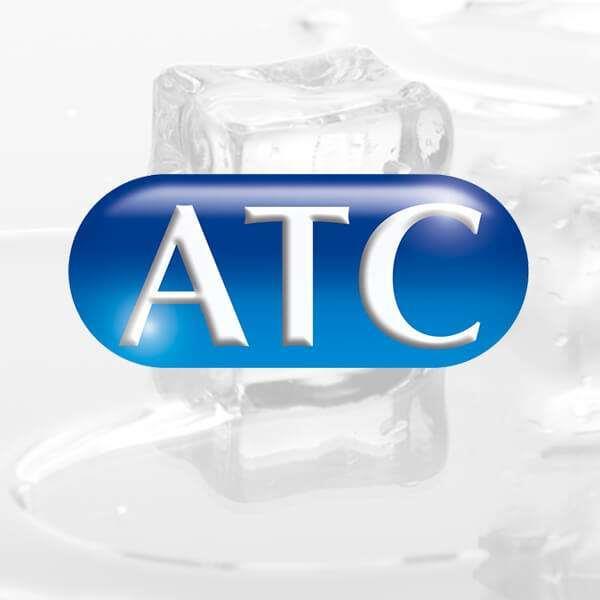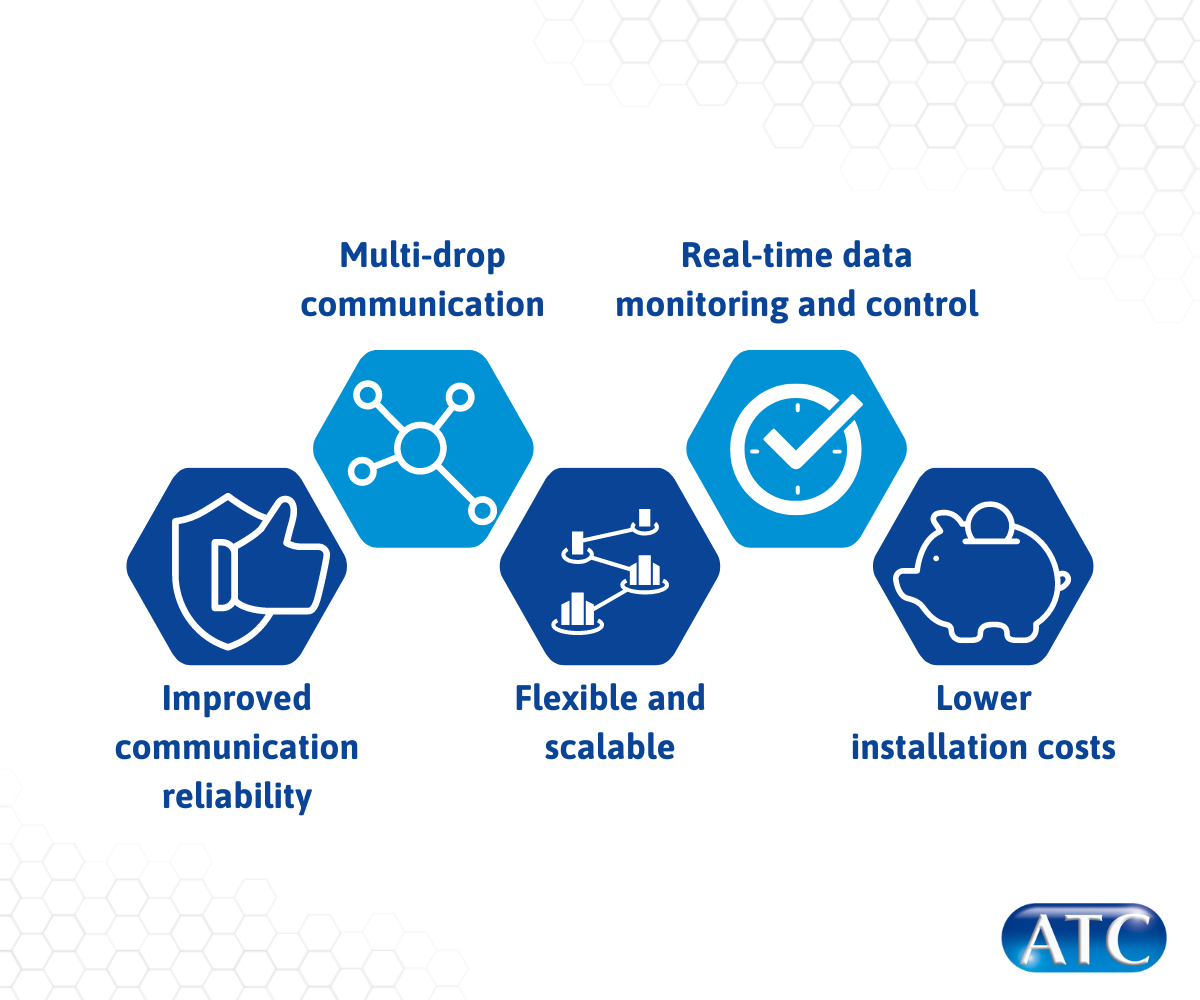
RS485 is a serial communication protocol that is commonly
used in industrial applications. It is designed to allow multiple devices to
communicate with each other over a single communication line, using
differential signaling to improve noise immunity and reliability.
RS-485
allows you to connect your cooler, through the controller to your application
allowing you to change set point and monitor alarms. When this option is installed, it is then possible to install a conductivity sensor, a pressure sensor, or a flow meter pack to communicate further information via RS485.
RS485 uses two wires for communication, one for transmitting
data (TX) and one for receiving data (RX). The communication is based on a
master-slave architecture, where one device (the master) initiates the
communication and the other devices (the slaves) respond to the master’s
requests.
The master device sends a request to a specific slave device
by transmitting a packet of data over the communication line. This packet
includes a unique device address, a command or instruction, and any necessary
data. When a slave device receives a packet, it checks the device address to
determine if it is the intended recipient. If the address matches, the slave
device responds with its own packet of data, which includes any requested information,
or a confirmation of the action taken.
RS485 uses differential signaling to transmit data, which
means that the data is represented by the difference in voltage between the TX
and RX wires. This helps to reduce the effects of noise and interference on the
communication line, improving the reliability of the communication.
In addition, RS485 supports multi-drop communication, which
means that multiple devices can be connected to the same communication line.
Each device is assigned a unique address, and the master device can communicate
with each device individually by sending packets with the appropriate address.
There are several benefits of using RS485 communication with
process cooling equipment, including:
Improved communication reliability
- RS485
uses differential signaling to transmit data, which helps to reduce the
effects of noise and interference on the communication line. This makes the
communication more reliable, especially in noisy industrial environments.
Multi-drop communication
- RS485
supports multi-drop communication, which means that multiple devices can be
connected to the same communication line. This allows for a more efficient and
cost-effective way of connecting various sensors and other control devices in
the cooling system.
Flexible and scalable
- RS485
communication is flexible and can be easily scaled to accommodate additional
devices in the cooling system as required. This makes it ideal for applications
where the cooling system is subject to expansion or changes over time.
Real-time data monitoring and control
- RS485
communication allows for real-time monitoring and control of various parameters
in the cooling system, such as temperature, pressure and flow rate. This
enables personnel to optimize system performance and efficiency in real time.
Lower installation costs
- Since
RS485 communication uses only two wires for communication, the installation
costs are lower than other communication protocols that require multiple wires.
Interoperability
- RS485
communication is a widely accepted standard and is supported by a large number
of devices, making it easy to integrate various devices from different
manufacturers into a single system.

While RS485 is a widely used and reliable communication
protocol, there are some potential drawbacks to consider:
Limited transmission distance
- RS485
is limited in terms of the distance it can transmit data. The maximum
recommended distance for RS485 communication is around 1200 meters (4000 feet).
Beyond this distance, the signal may become too weak to be reliably transmitted.
Limited bandwidth
- RS485
communication has a limited bandwidth compared to other communication protocols
such as standardization. This can limit the amount of data that can be transmitted
over the communication line, which may be a concern for applications that
require high-speed data transfer. Applied Thermal Control offer RS485 over
Ethernet to mitigate this issue.
Half-duplex communication
- RS485
is a half-duplex communication protocol, which means that data can only be
transmitted in one direction at a time. This can create potential issues when
multiple devices are trying to communicate on the same line simultaneously.
Requires additional hardware
- In
order to use RS485 communication, additional hardware such as transceivers,
line drivers, and termination resistors may be required. This can add to the
overall costs and complexity of the communication system.
Limited standardization
- While
RS485 is a widely accepted standard, there may be variations in implementation
from different manufacturers, which can create compatibility issues between
devices.
Overall, while RS485 is a reliable and widely used
communication protocol, it is important to consider potential drawbacks when
selecting a communication protocol for your equipment.
Applied Thermal Control also offer an option for information to be communicated via MODBUS RTU over Ethernet.